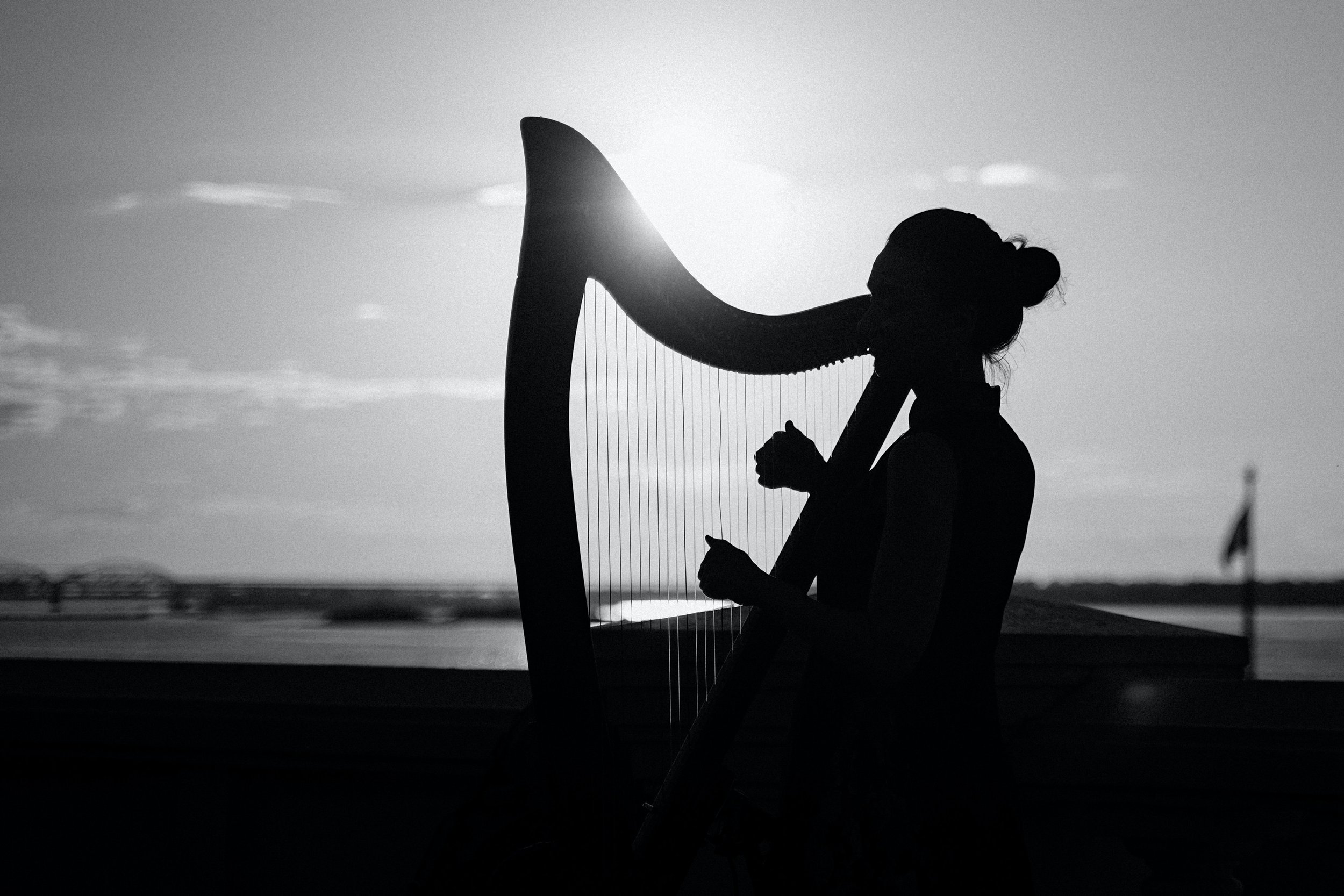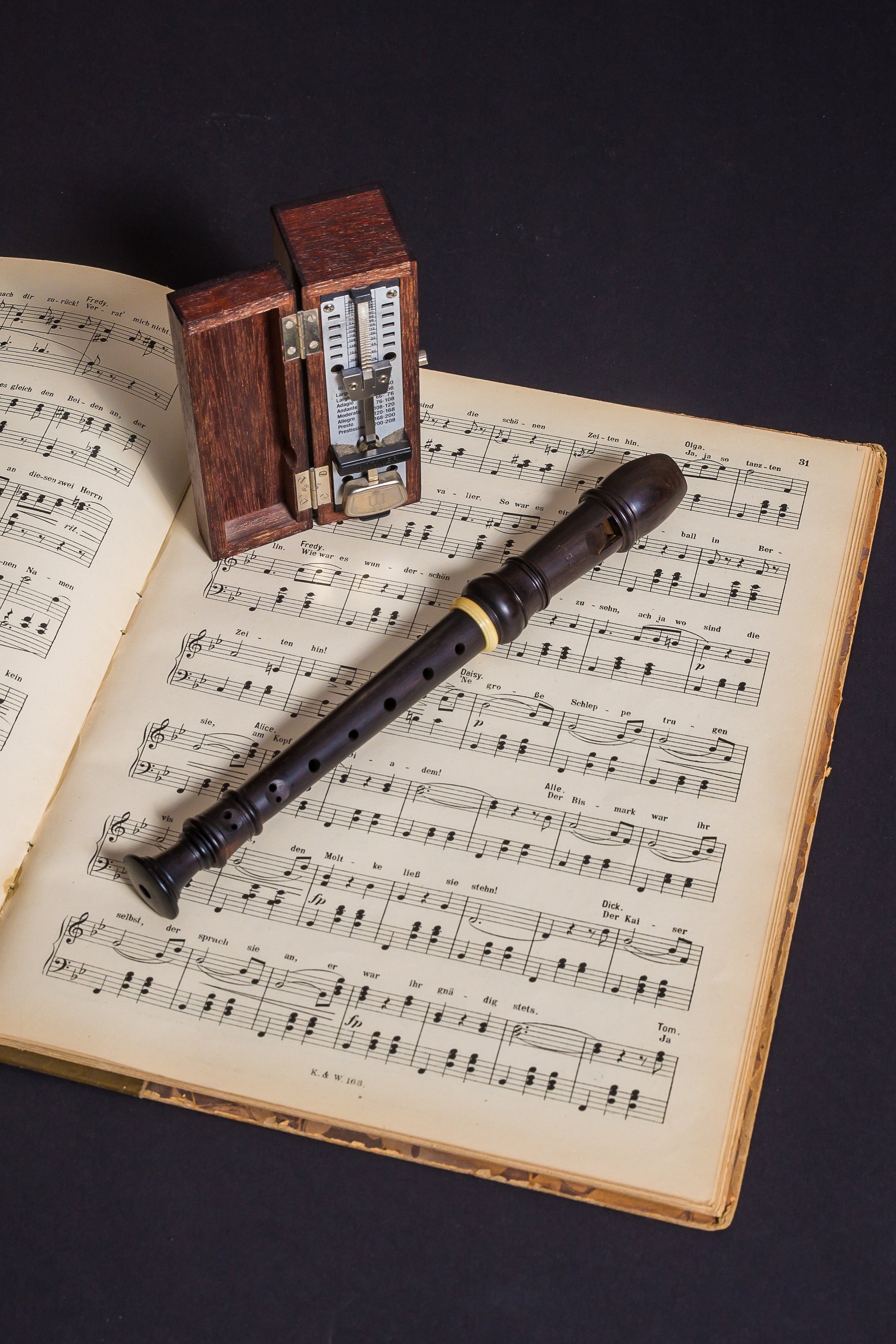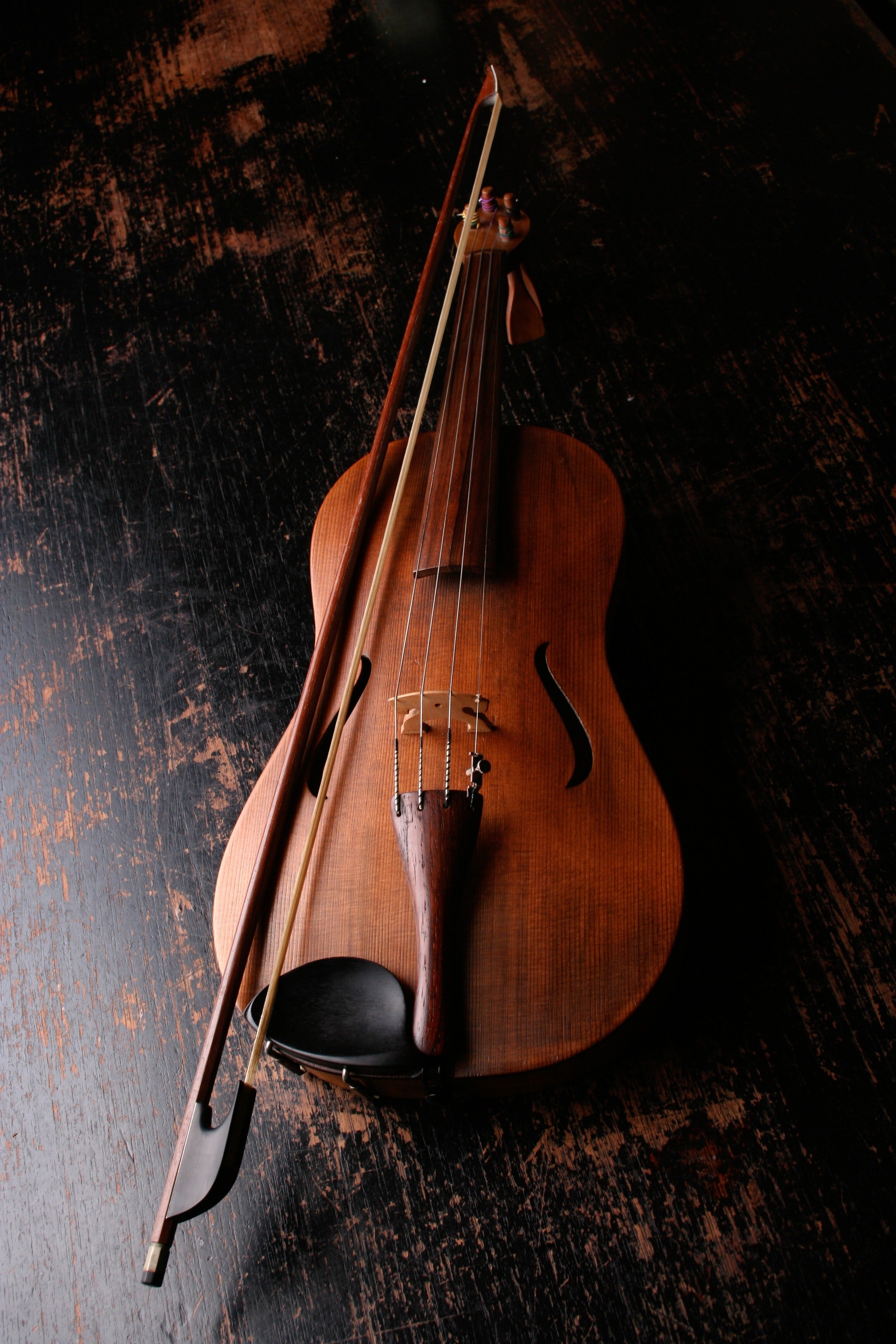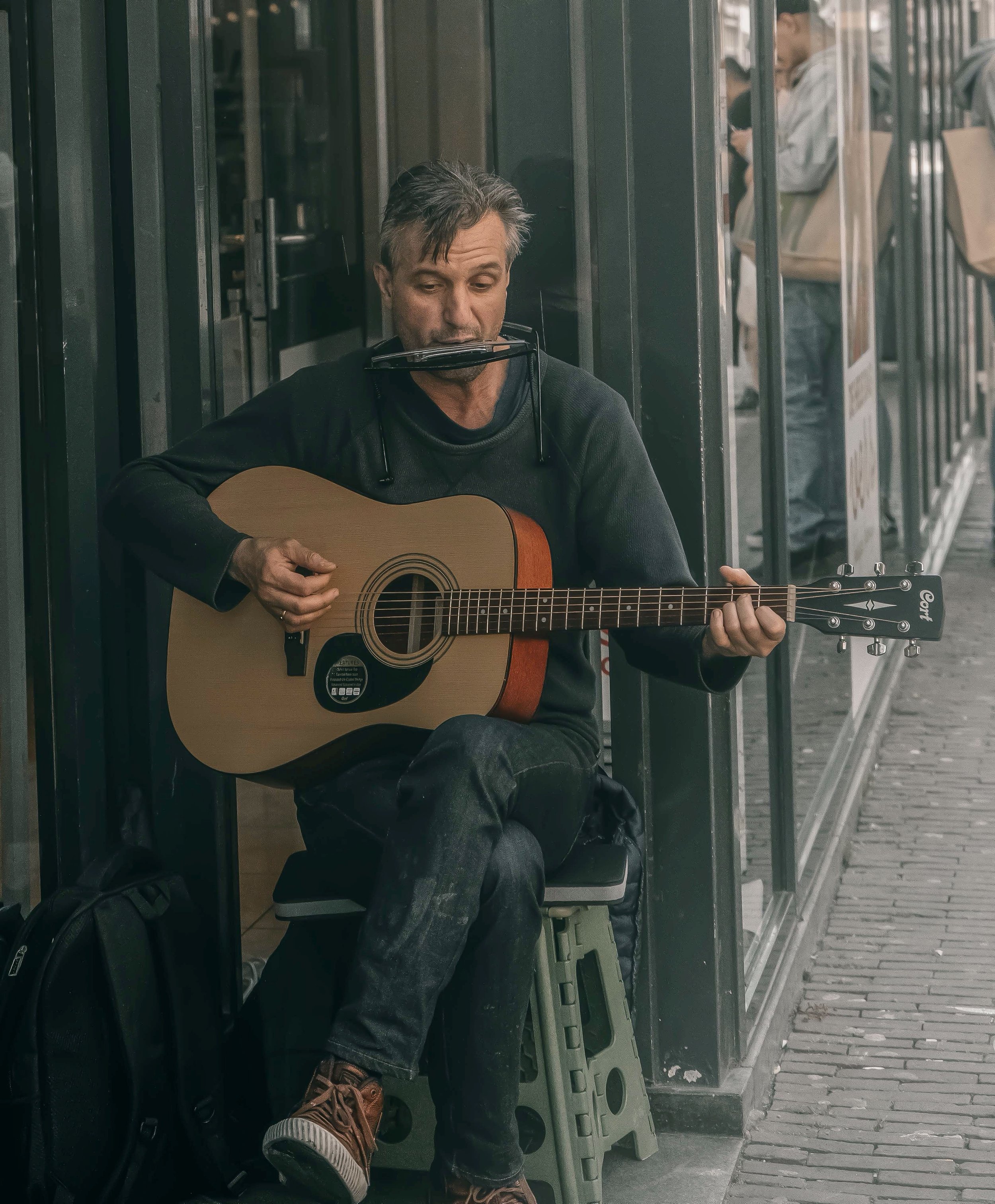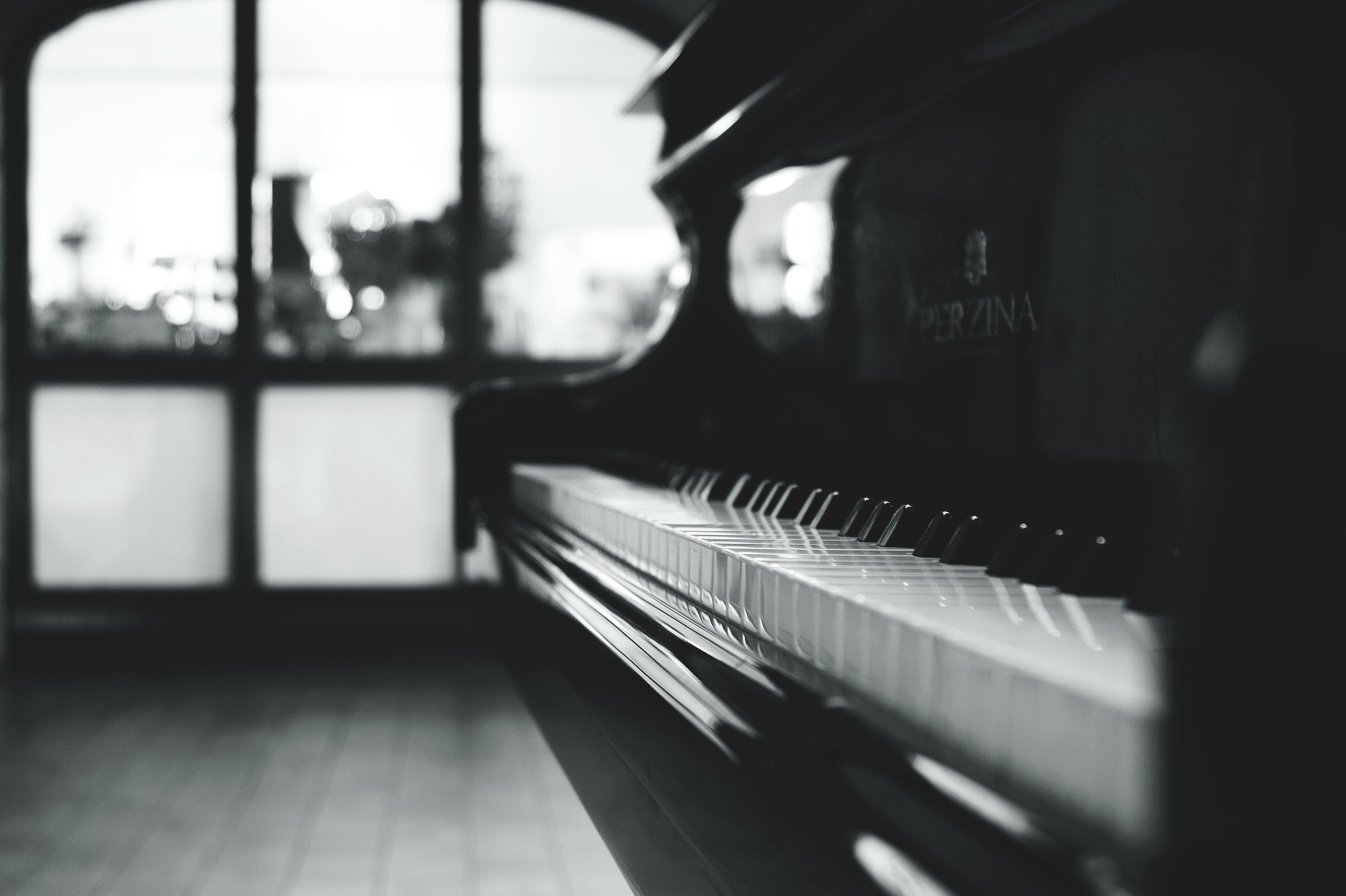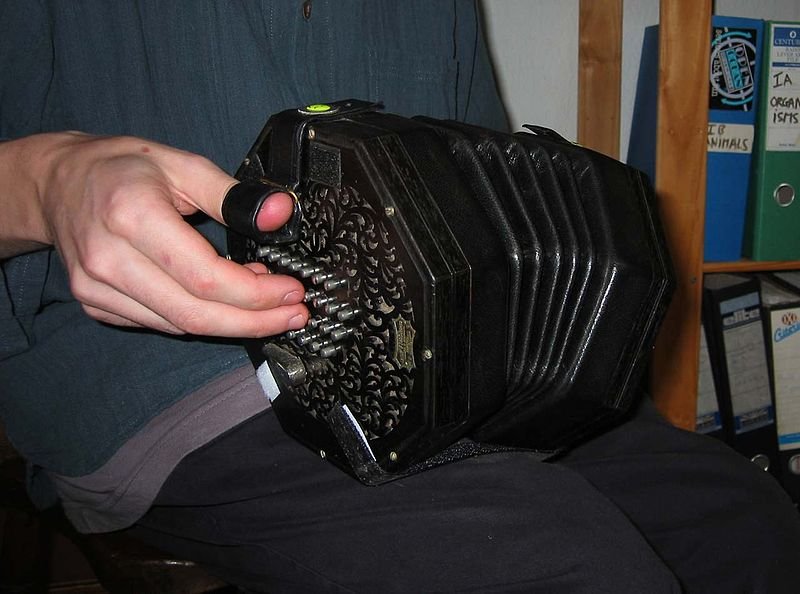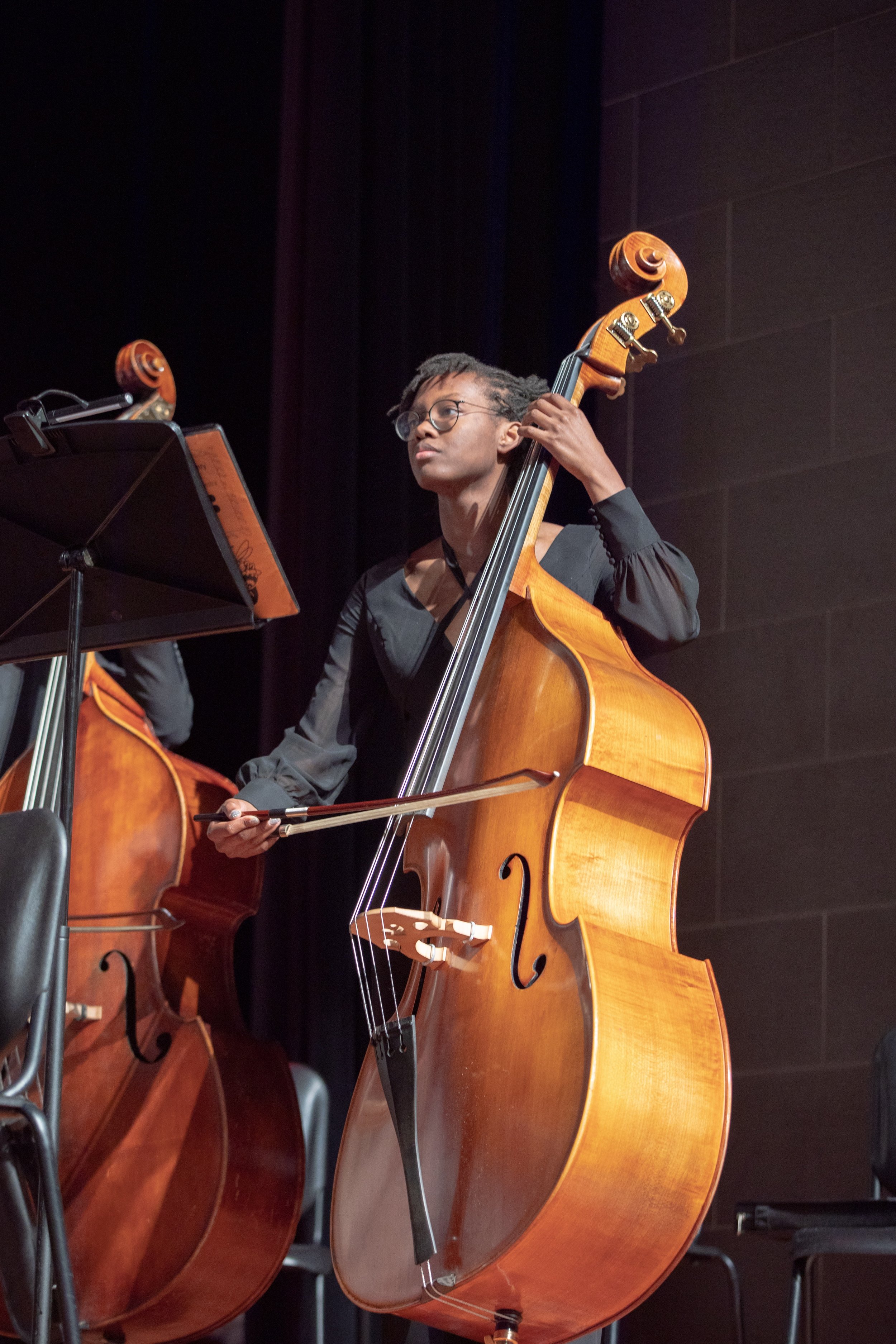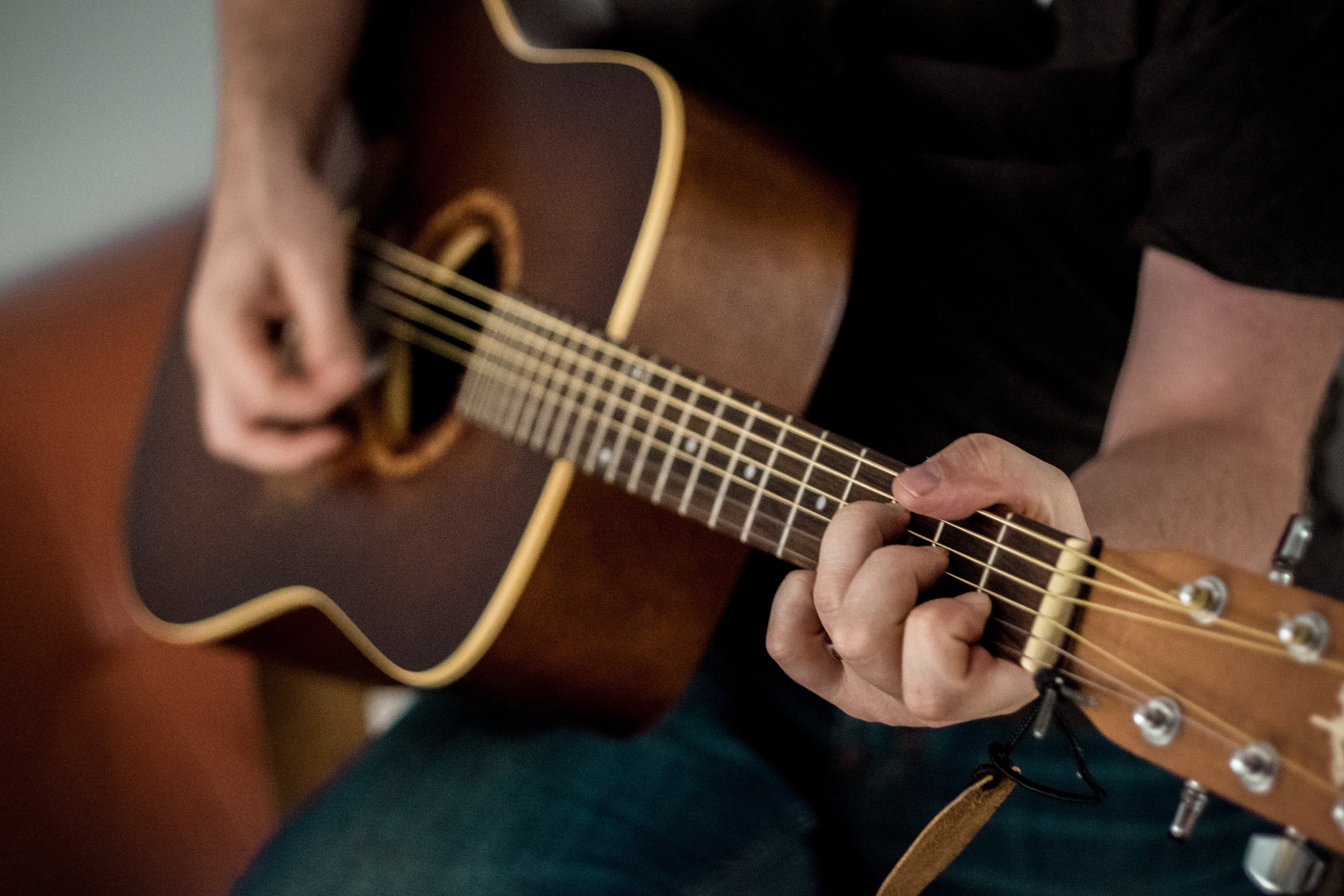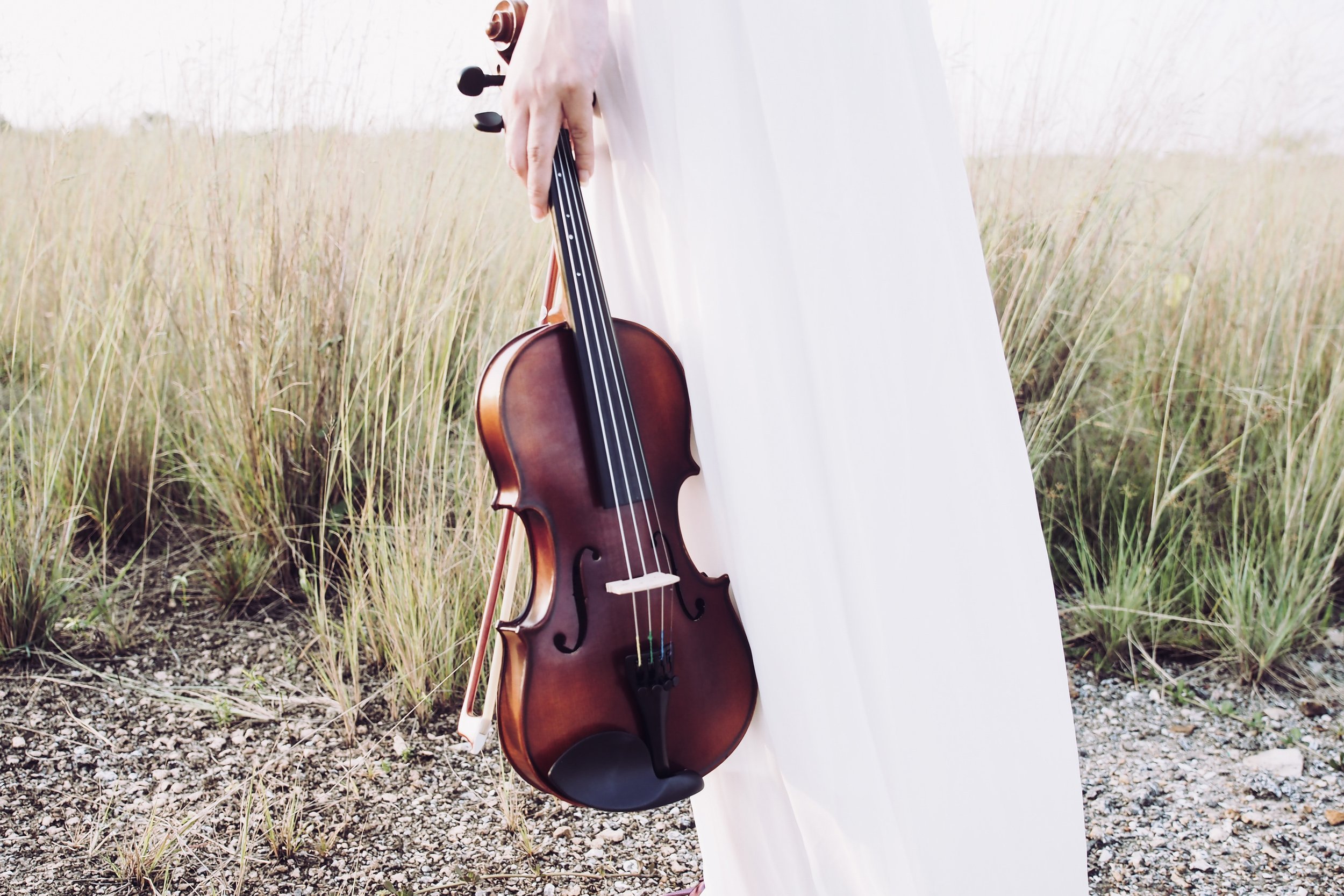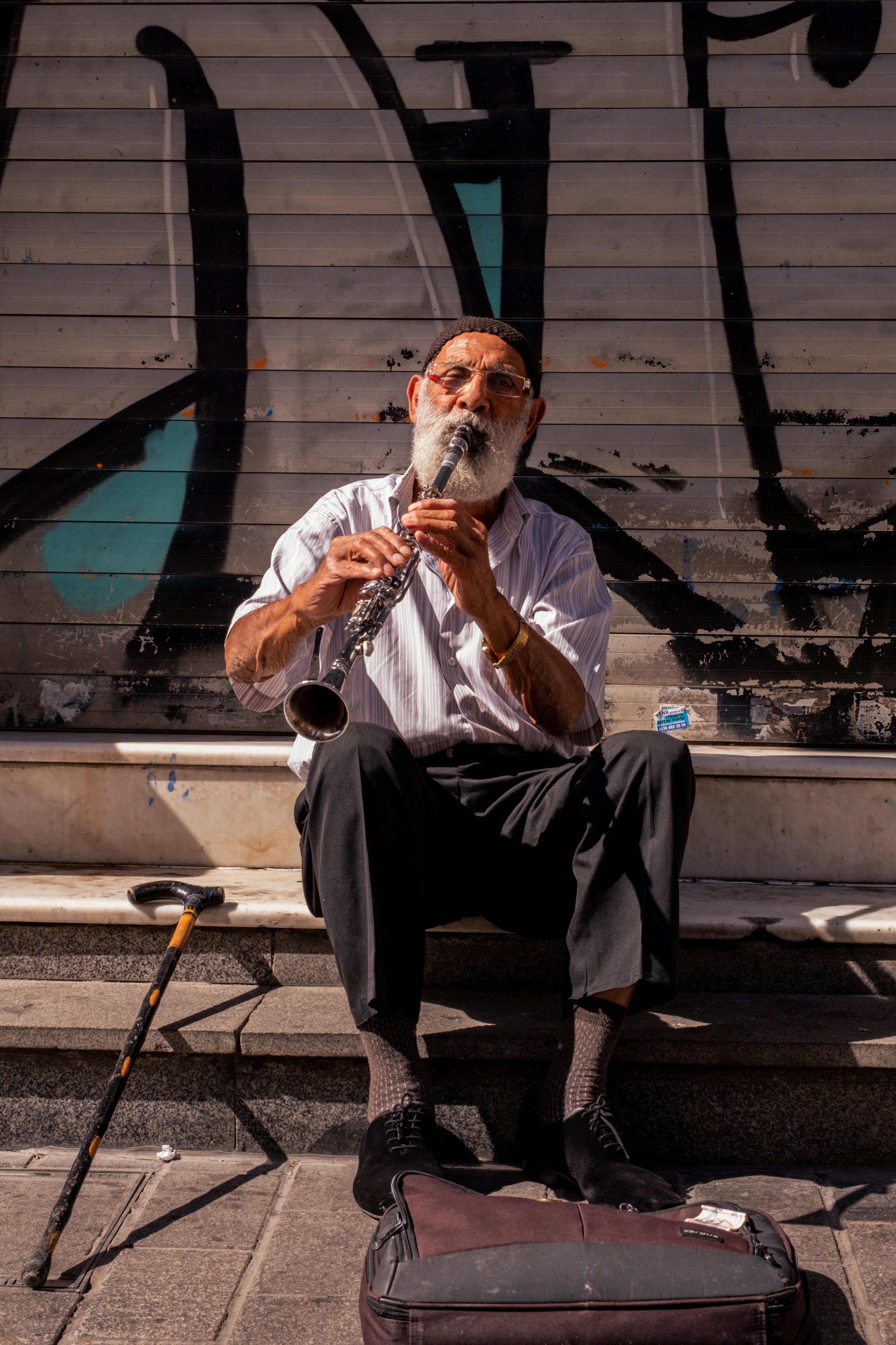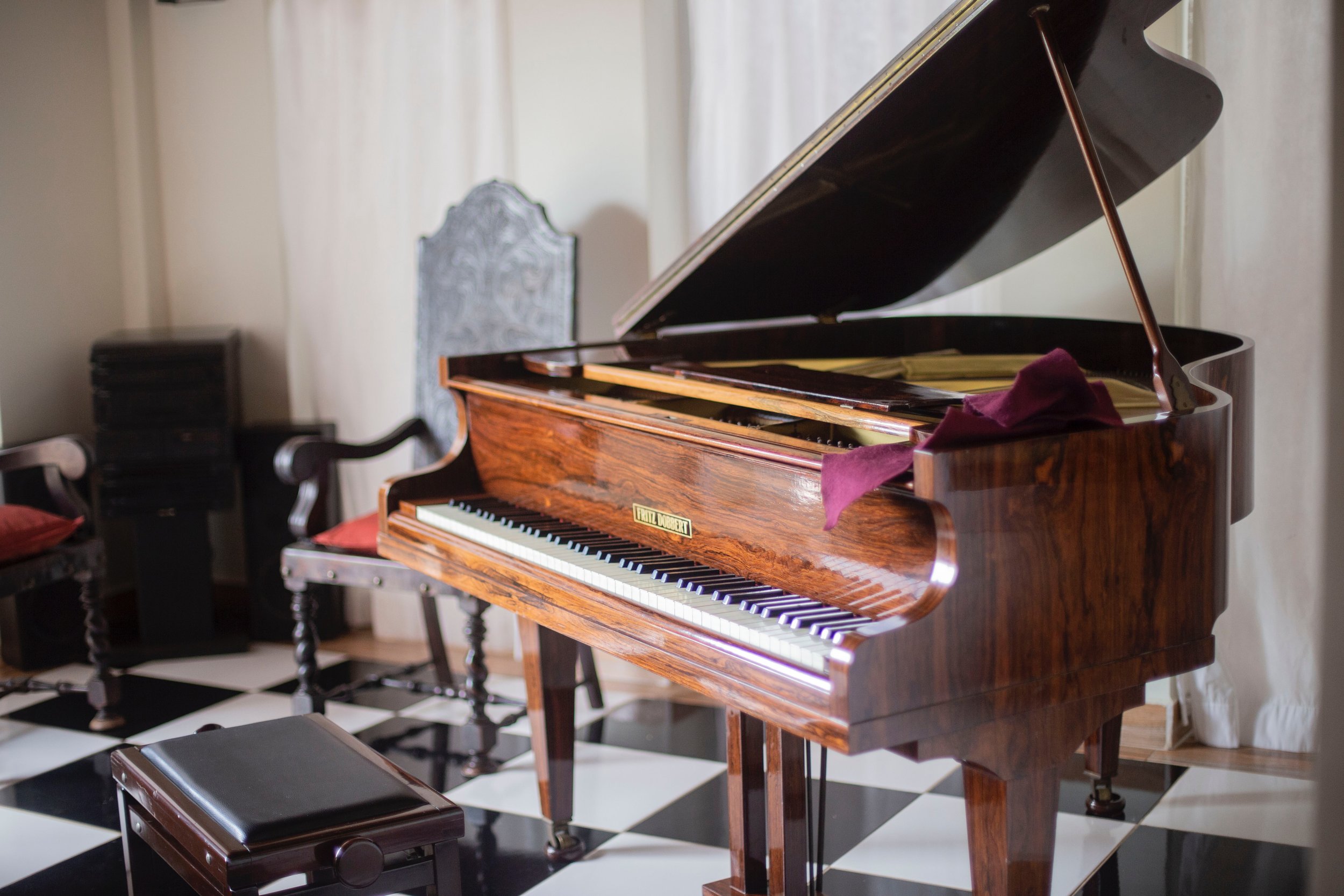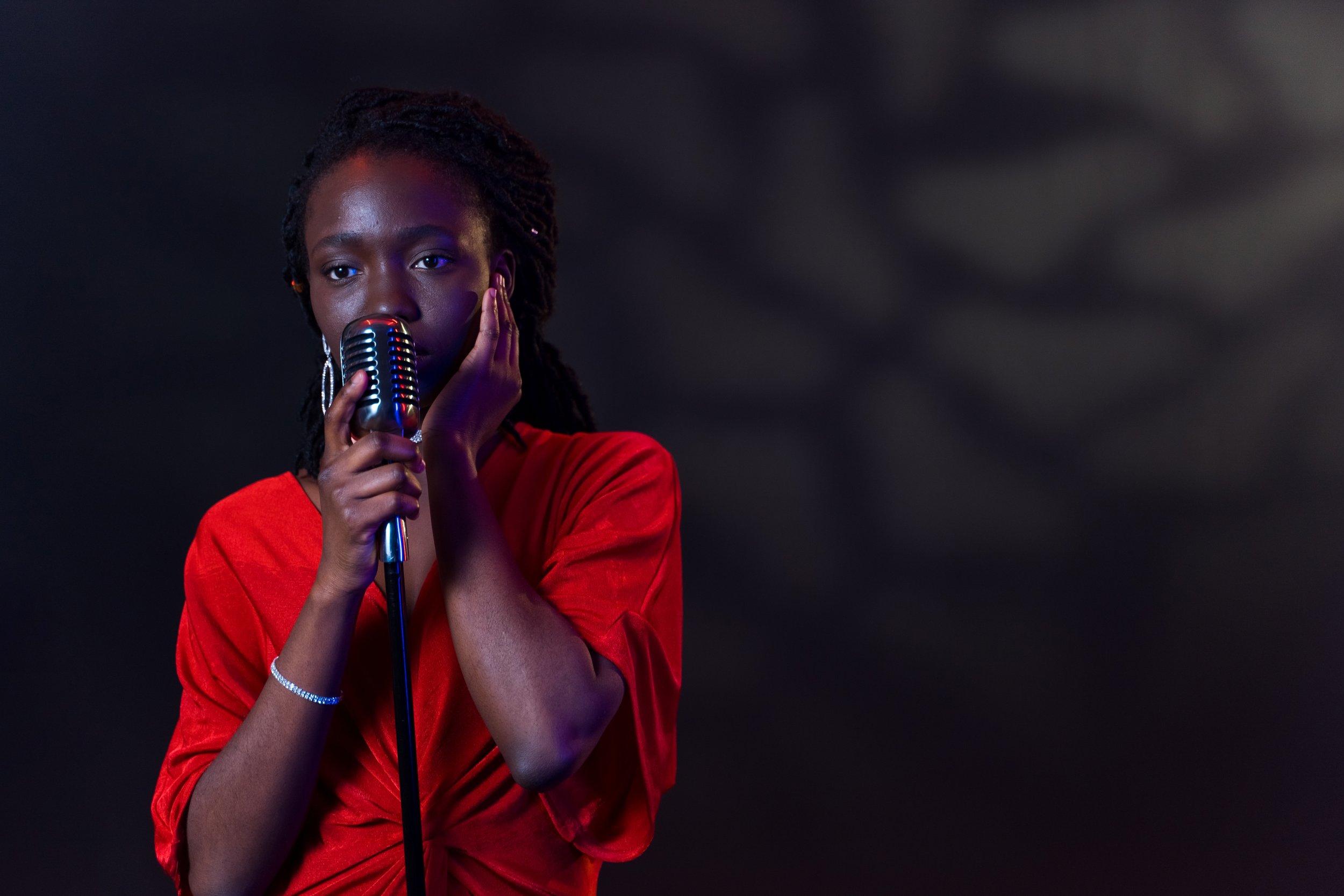Instruments of Tango Orchestra and Layers of Instrumentation in Argentine Tango
Learning about Argentine tango often involves more dancing than music. However, we must never forget that the two go hand in hand, and tango music also holds its own magic.
It’s easier to notice the dance’s wonders because we actually see it.
We witness a tango couple communicate and move, sharing a moment of intense connection, joy, and passion.
To genuinely appreciate Argentine tango, however, we must see, feel, and hear beyond the steps and moves.
Behind them lies an elaborate and sophisticated musical arrangement, just as captivating as the dance.
In fact, it’s what makes the dance compelling in the first place!
If you were to play the tango on any instrument, you would get a sheet of music for a specific tango piece and play it. However, if you play it as it is written, somehow, it doesn’t have any of the feels of the arrangements you’ve heard recorded or danced to. Why? This article will explore tango instruments and the layers of Argentine tango music.
An Overview of Tango Music History
Dance Facts in “Tango Music – History and Characteristics of Tango Music” defines tango music as:
“…a distinctive style of music that originated in the late 18th and 19th century among the European immigrant and African slave populations of Argentina during the development of the modern tango dance. The styles that influenced this famous musical style have come from sources such as flamenco, polka, mazurika, hanabera, contradanse, valso criolo, milonga and candombe…”
It was created by European immigrants in Argentina and Uruguay when they combined European salon music and dance traditions with African rhythms from the western hemisphere.
The two places that really nurtured tango music were Buenos Aires and Montevideo.
Tango was considered the “music of the immigrants” because its origins were immigrants and slaves in Argentine and Uruguay. It was played during “conventillos” or the gatherings of immigrants, working, and lower-class people in open fields or dance halls. Authorities eventually tried to stop the spreading of tango music, but it only grew more popular.
Some of the genre’s first stars were Rosendo Mendizábal, Vicente Greco, and Carlos Gardel.
And in 1935, it went through the golden age, where it endured even the Second World War, until prominent bandleaders from the United States noticed it. At the same time, a schism developed as some bandleaders perpetuated the traditional style. In contrast, others adopted a more modern approach.
The birth of tango nuevo or “new tango” was all thanks to tango evolutionist Astor Piazzolla.
Tango became a jazz style blended with European classical and Latin American folk music.
Improvisation also became part of the tango’s character. MasterClass said in “Guide to Tango Music: A Brief History of Argentine Tango” about tango music’s legacy:
“Over the decades, many other tango musicians have risen to prominence, including Ángel Villoldo, Osvaldo Pugliese, Roberto Firpo, Francisco Canaro, Julio de Caro, Lucio Demare, and Miguel Caló.”
Now, some milongas still have a tango orchestra to play for the dancers, keeping alive the tradition of tango. However, some milongas rely on DJs to provide the music. Either way, tango music has a rich history, and anyone learning about Argentine tango is always up for a journey!
The Story of Tango Orchestras
Speaking of history, tango orchestras also had their own development over time. In “Development of Tango Orchestras” by María Laura Diamante and Rosana Ghirardi, they said:
“The first tango orchestras were trios, usually with a harp, flute and violin.
Sometimes a trio might substitute or expand to include other instruments such as a bandoneon, a concertina, a mandolin, or a harmonica.
The musicians played intuitively without formal academic training. Tangos were frequently improvised from very simple tunes. The players had rudimentary technique, and the lyrics were superficial.”
The Spanish brought the guitar to Argentina, which eventually replaced the harp in tango trios.
The guitar gave tango a rhythm, the flute the “fiorituras” or flowery embellishments, and the violin the “pizzicatos” or staccato plucked notes.
Unsurprisingly, some people saw tango as a naughty sound. It invited people to dance and be sensual.
The instrument that introduced tango to the high class was the piano.
Musicians had been using the instrument in brothels and dance houses, but it took longer to be used in tango because of its weight.
When Roberto Firpo formed a trio with Alcides Palavecino and Juan Carlos Bazan, he substituted the piano for the guitar.
When musicians started writing down tango, the music became even more widespread.
At some point in the history of tango orchestras, the bandoneon replaced the flute.
The two stood side by side until the latter was replaced entirely.
The bandoneon’s powerful sound made the tango lose its flowery style.
Since then, the basis for the “orquesta tipica” or typical orchestra, was established.
“The limited technical skills of the early musicians prevented a meaningful diversity of styles and interpretations. As the tango and its players advanced, the primitive rhythmic division of 2×4 beat gave way to the more sophisticated 4×8 beat. Shaped by the bandoneon, the music slowed in tempo and became smoother. The lyrics began to tell a story.”
Following the journey of tango orchestras, you’ll go through the following eras and music styles:
Old Guard
Early Golden Age
Golden Age Harder Rhythmic
Golden Age Softer Rhythmic
Golden Age Smooth
Golden Age Lyrical
Golden Age Dramatic
Transition Era
New Tango
Modern Dance Orquestas
Tango Fusion
Milongas
Valses
Tango Instrumentalization
The long journey of tango orchestras has led us to the final list of tango instruments! Traditional tango instruments include the following:
Double bass
Guitar
Bandoneon
Violin
Flute and clarinet
Piano
Vocals
A tango orchestra can have a giant string instrument that produces a deep sound: the double bass.
The instrument may not be typical for tango quartets, but it definitely has a role in sextets.
Similarly, the guitar isn’t one of the main four tango instruments.
However, it adds a unique rhythm to tango music! There can be one or two guitars, depending on the orchestra.
The instrument in charge of the drama is the violin.
On the other hand,
the flute and clarinet, often played by the same musician, take care of the flowery embellishments.
And along with the most common tango instruments, the bandoneon, violin, and double bass, is the piano. Moreover, Dan Farrant said in “8 Tango Musical Instruments You Should Know”:
“Many people may not associate tango music with singing, but a strong singer can be considered a great instrument to accompany any band.
Singing isn’t essential for tango music, but a tango with vocals is called a vocal tango, or a tango cantado.
Tango cantado usually integrates the vocals into the music.
A song that only uses the music as a background for singing runs the risk of being too overpowering. Some tango dancers don’t like to dance to cantados.”
Next, let’s highlight one of the most critical instruments in tango music:
the bandoneon. The instrument is known as the voice and soul of tango music, producing nothing less than an authentic, emotional, and nostalgic sound.
As shared by Min-On Concert Association in “The Bandoneon: Voice and Soul of Tango Music”:
“This unique accordion-like instrument with buttons and bellows was originally developed in Germany during the 1850s for use in small churches that could not afford organs… The German-made bandoneon originally had 60 notes spread over 30 buttons as its keyboard, but by the beginning of the 20th century, it rapidly changed to adequately suit tango music. As a result,
a sophisticated 142-note version with 71 buttons had become standard in Argentina and Uruguay.
Because the buttons are rather illogically organized, laid out on both ends of the instrument, each button creating a different pitch by opening and closing the bellows, the bandoneon is extremely difficult to master.”
In the mid-20th century, many bandoneonists appeared in the tango scene and developed techniques that defined the golden age. Their bandoneon techniques were zealous and sophisticated, making the instrument the one that exemplifies the distinct sound of tango.
Tango Arrangements
Now, let’s talk about how tango feels different in written form from what we hear live. Let’s say you play the guitar for a specific tango piece. You follow every note written on the score and maybe even add some improvisation. Still, it’ll sound different from a recorded version of the same piece.
It’ll also sound different when it’s arranged for a full orchestra. The same goes for any instrument, as the sound changes when played by other instruments or with a whole orchestra. Here, we must emphasize: it’s all about the arrangement.
Tango arrangements add complexity to the music and its layers of sound, making it richer and a fuller overall feeling.
Arrangements can be a great way to change the sound of a piece, as they allow for more contrast and variation. They’re versatile enough to adapt the music to any orchestra size and style.
Tango music is in every instrument, not just the bandoneon or the piano. Each layer of tango arrangements adds to the overall sound, and every instrument has a significant role. Therefore,
if you want to sound like a real tango musician, play with other musicians and let your instruments interact to create the unique sound of tango!
As said by Tango Voice in “The Alternative Milonga (Neolonga): The Social Environment for Dancing to Tango Alternative Music,” alternative tango music includes the following genres:
Modern Tango
Nuevo Tango
Tango Extranjero
Tango Fusion
Electrotango
Non-tango
Neotango
Most of these genres have more modern instruments that aren’t present in traditional tango music.
Argentine Tango: Music and Dance
If the layers of tango instrumentalization affect tango music, it also inevitably affects tango dance.
When we dance, we often dance to the melody rather than the rhythm. Unlike metronome dancers, where the melody collides with rhythm, we try to place our steps to be perceived as musical dancers. That’s a difficulty embedded in those who attempt the tango. The comfort of 123-567 of Salsa, a repetitive dance pattern we can reference instead of actually listening to music, is gone.
But since not all the instruments play simultaneously and do not play the same things, they create specific layers and add flavor.
We can truly dance to any instrument, changing our focus from one to the other during the song, or stay with just one. We can even dance to the singer’s voice when it comes on.
Every instrument is responsible for evoking emotion.
For example, tango couples can tune out other instruments and dance on the violin to feel dramatic. If they’re into the rhythm, the guitar or the bass plays a significant role. Regardless,
we don’t dissect the layers as an audience and identify which one drives the tango couple we’re watching.
We simply enjoy the whole performance!
As mentioned earlier,
the magic of tango music is also what makes the tango dance beautiful.
When the layers of the music and movements come together, they bring a unique chemistry that makes tango feel intense, passionate, and romantic. Taking the music into your body, mind, and spirit will always leave you in awe of the fantastic dance that is the Argentine Tango.
Finding Tango In Every Layer
Argentine tango can be complicated, especially for beginners.
If we focus on the dance, even the basics can be complex to master. And if we focus on the music, it can get confusing and sound like random instruments playing simultaneously.
But if we step back, we’ll understand why tango is unique.
The history of tango orchestras has shaped the tango sound we know now. From trios to big bands, tango has evolved through the years! And from one instrument to another, it has been molded into the style we all know and love.
Each layer of instruments has an important role in giving the music a distinct flavor.
By understanding the arrangement of tango music and its multiple layers, we can start to appreciate the beauty in its complexity!
Whether you’re playing or dancing tango, try to go beyond the surface and explore the nuances of each instrument in the tango’s layers. You can soon recreate some of your favorite tango pieces and moves with practice and knowledge.




